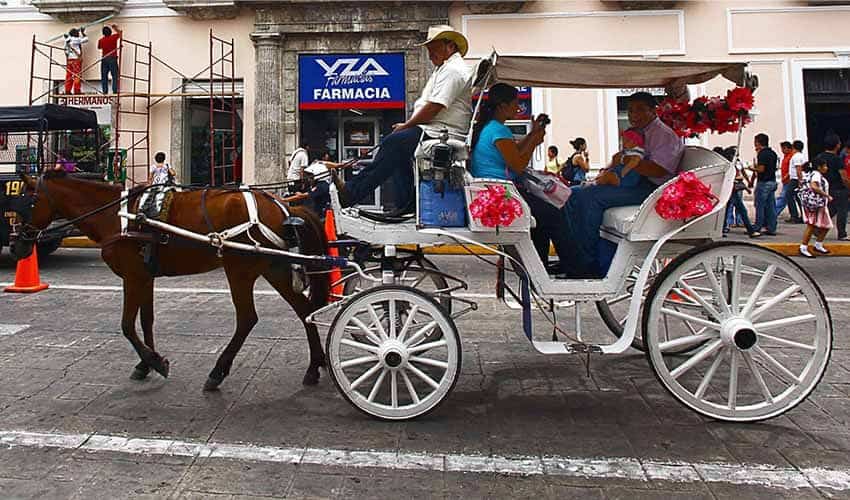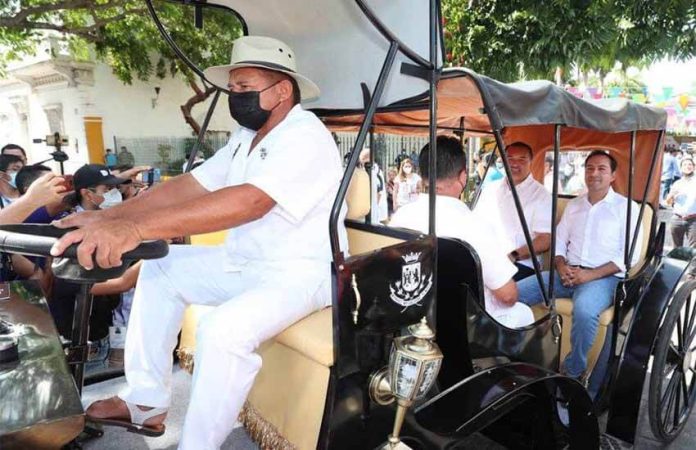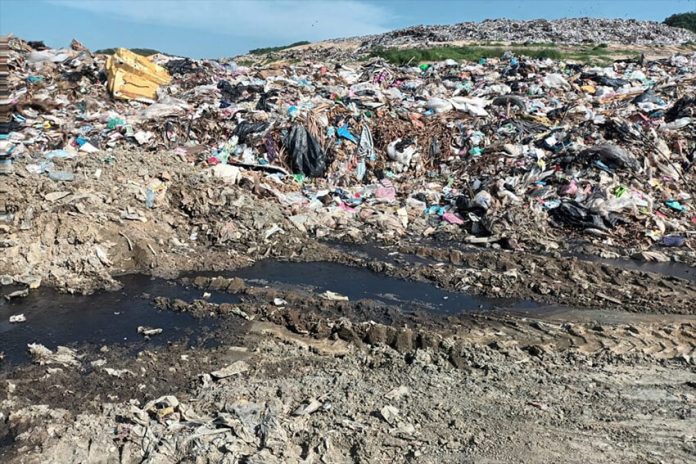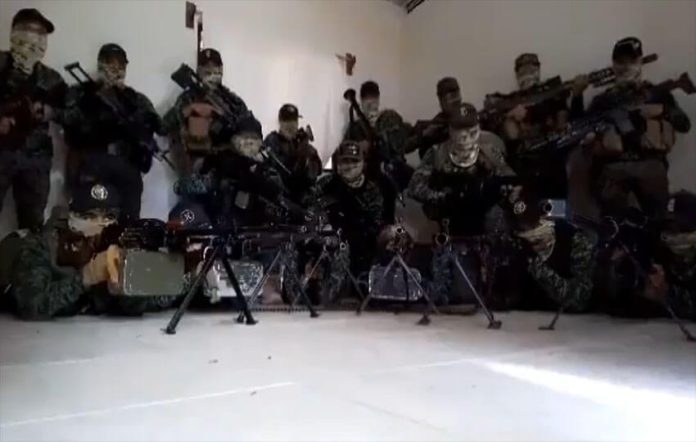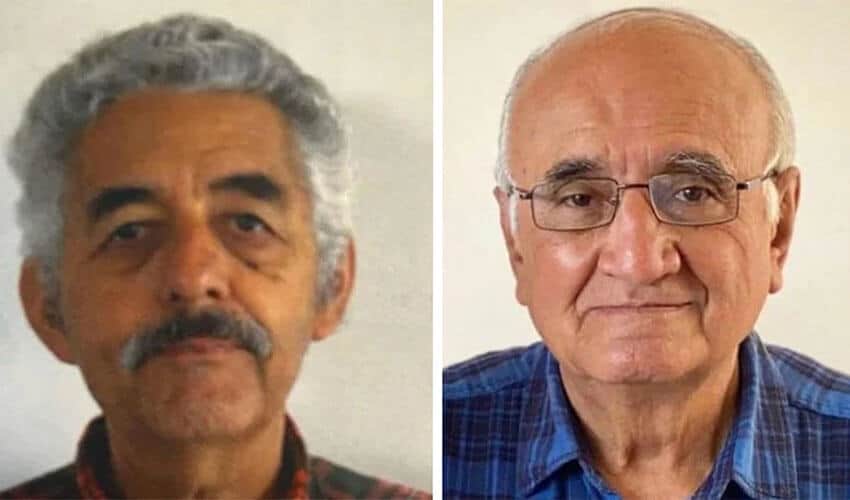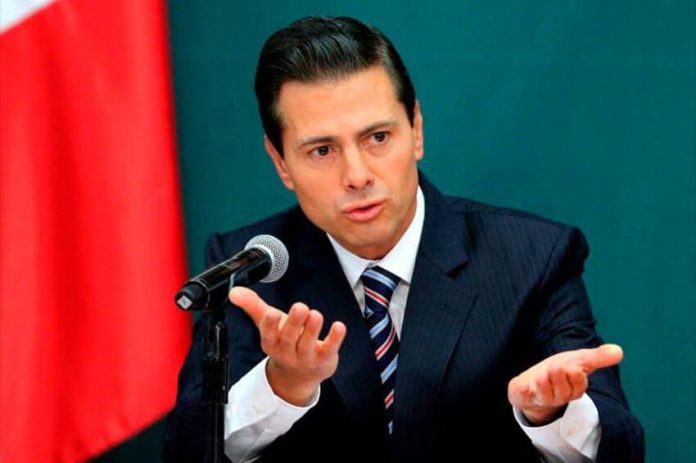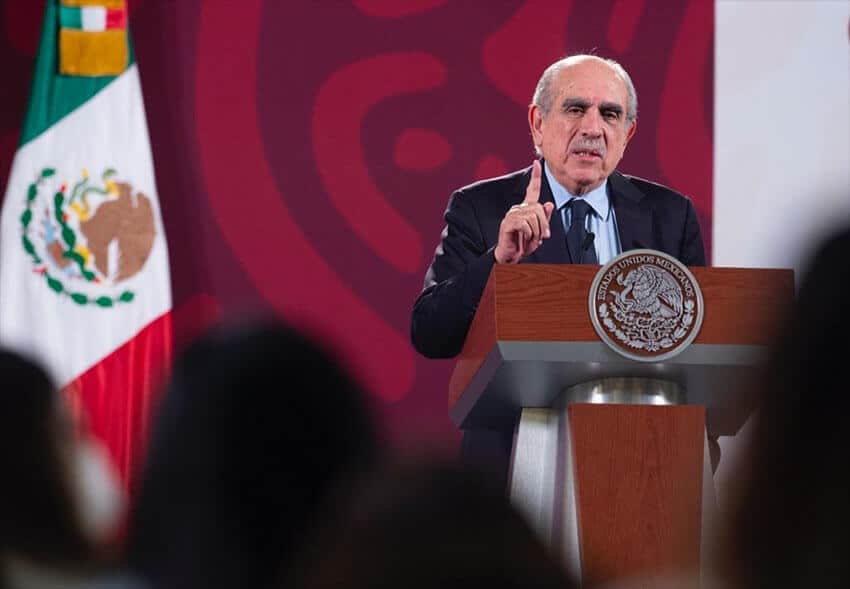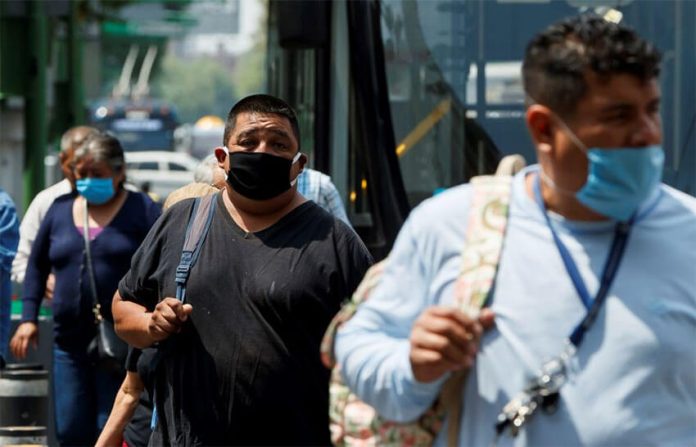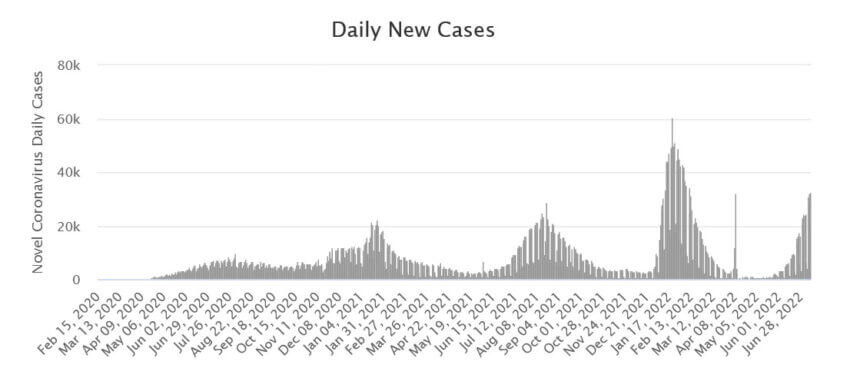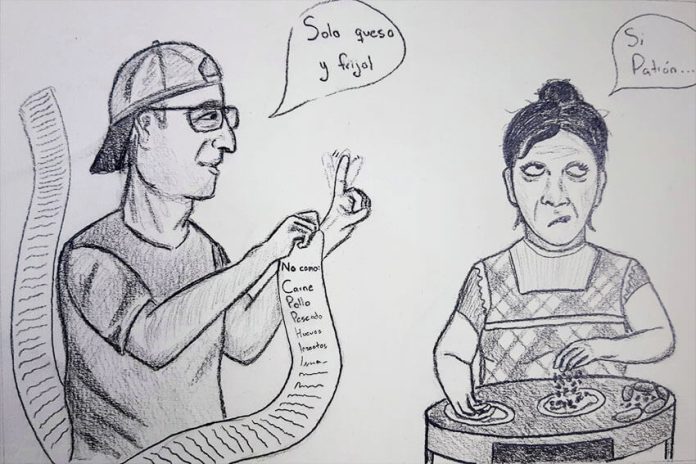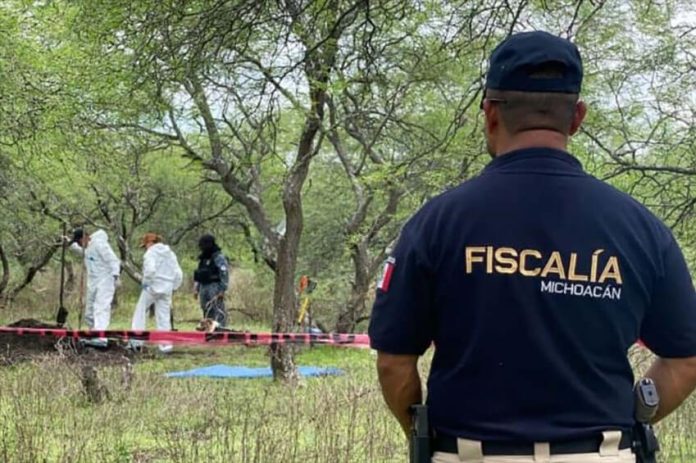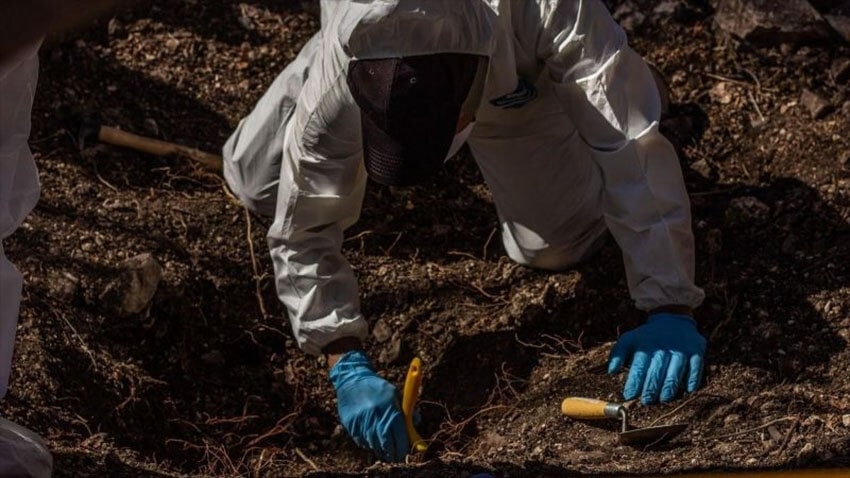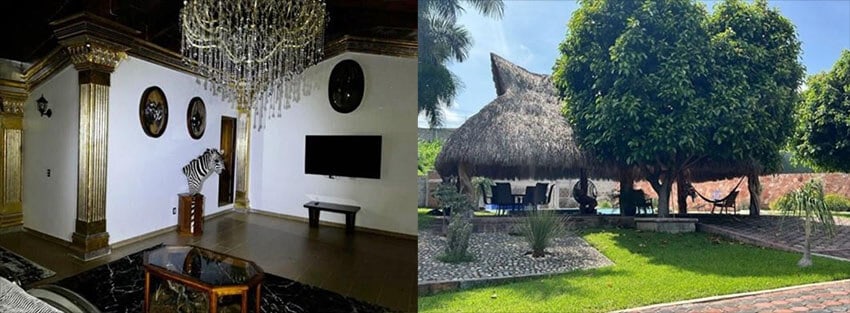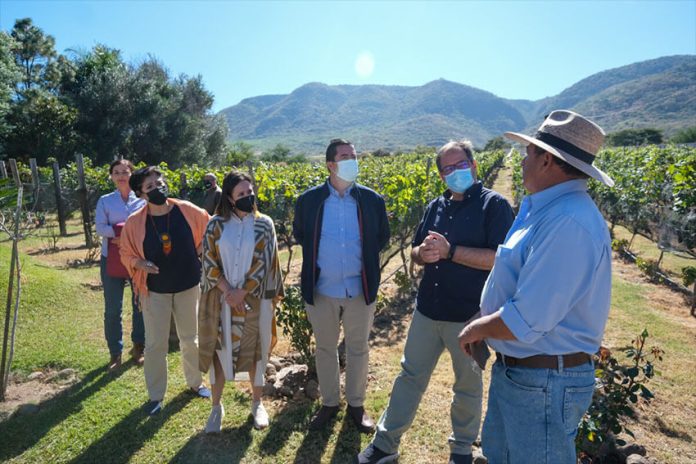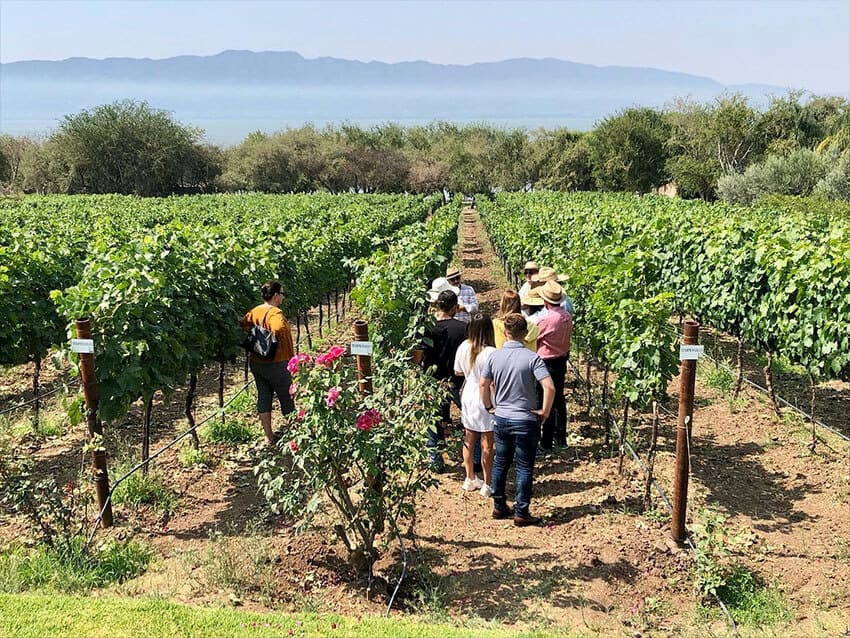I decided to sample some local cuisine on my first night in San Gregorio Atlapulco, a town in the borough of Xochimilco, Mexico City, so I went out for a gordita. Gorditas are made from masa (corn flour) and, at least in Mexico City, are thick and round and stuffed with whatever you’d like.
I didn’t know much about the town at the time or which food stands were the best, so I randomly picked one just a couple of blocks from my apartment. It was one of those tiny places, the ones that have a sign saying “Antojitos Mexicanos” hanging outside and a couple of women cooking on a comal inside.
I’d made many trips to Mexico and had experienced many of the challenges that come with being a vegetarian here. Through those experiences, I’ve learned that saying I’m a vegetarian or that I don’t eat meat isn’t enough. To most Mexicans, saying I’m a vegetarian and that I don’t eat meat only means I don’t eat red meat. I know from my travels around the country that I when I eat out, I have to go down a list of things I don’t eat: no meat, no chicken, no fish, no ham, etc. or specify exactly what I want to eat. So in this case, I wanted to make what I wanted absolutely clear.
“I would like a gordita with just beans and cheese,” I said to the woman standing at the large comal. “Nothing more. Is that possible?”
“Of course, señor” she replied.
“That’s all I want: just beans and cheese.”
She nodded in reply, looking just slightly annoyed.
I waited off to the side, watching as she made the gordita and then became a little concerned as she added some red stuff to it. I approached cautiously.
“Is that my gordita?” I asked.
“Sí señor.”
“What’s that?” I asked, pointing at the red stuff.
“Chorizo,” she replied.
“That’s meat, isn’t it?” It sure is. Chorizo is a sausage that’s made with pork and spices. It’s extremely popular in San Gregorio and, I suppose, everywhere in Mexico. Strings of chorizo hang in butcher shops.
“Yes,” she said. “It is chorizo.”
“I’m a vegetarian. I can’t eat that. That’s why I asked for a gordita with only beans and cheese.”
She looked at me like I’d just made a major faux pas. Apparently, it’s just understood that all gorditas, no matter what, have chorizo. I felt really bad but there was no way I could eat it. Even if I could’ve gotten it down, my stomach probably would have up and left my body. The misunderstanding was partly my mistake. I thought saying “Only beans and cheese” to her twice would be enough. Obviously, I was wrong and should have gone down the list of what I don’t eat. Now, when I go to a new restaurant or taquería, I add “No chorizo” as well.
When I’m invited to eat a meal at someone’s home, I make it clear from the get-go that I’m vegetarian and always go down the list of animals I don’t eat. Actually, I don’t eat any animals and can only hope that my list has covered all possibilities and that my host or hostess understands what “vegetarian” means. There have been several times when I’ve been assured that it’s not a problem, that they understood, and it turned out that it was a problem and they didn’t understand.
I was in Hueyapan on a project when the group I was to work with sat down for lunch. They invited me, which was kind of them. I told them I’m a vegetarian and dutifully went down my list.
“The soup,” said the cook, “is vegetable.”
“Great,” I replied.
So she ladled up a nice bowl of soup and right after I’d dug into it, pulled a hunk of meat out of the soup pot.
“Would you like this?” she asked.
I thanked her as nicely as I could but said “No thanks” to the meat. At that point, I had to eat the soup she’d given me, apologizing to my stomach for what I was about to do to it.
And it’s not a language problem. Several years ago, I was with a Mexican friend and, because we were in a very small town, I thought it would be best if he ordered my food for me. I figured there was less chance of being misunderstood. So I asked him to order me a sandwich with just cheese. I clearly heard him say, “Puro queso, puro queso,” or “Only cheese.” When the sandwich arrived, it certainly had cheese. And a large slab of ham sitting on top of it.
Things have gotten a little bit better. People are eating less meat and restaurants are catching on to this. But it’s still pretty rare in Mexico, especially in smaller towns, and it confuses — or fascinates — some people, one of my neighbors in particular. When I first moved into my house in Chipilo, I was talking with my new neighbor, Enrique, and he mentioned inviting me to dinner some day. I told him I’m a vegetarian and he was taken aback.
“What do you eat?” he asked. That’s a typical first question for the uninitiated.
“Lots of stuff,” I replied. “Just no animals.”
“Do you eat tortillas?”
I found that question to be a little odd since, as far as I know, there are no animal products in tortillas.
“Yes,” I told him.
“Cheese?”
“Sure. I’m not a vegan.”
On and on it went. For weeks, whenever he saw me, he’d ask about another food group. What struck me as really strange was that none of the foods he asked about would have meat in them: pasta; rice; beans; milk; bread. He even asked if I drank beer. I imagined him writing a list of foods he needed to ask me about. Finally, and happily, he must have exhausted that list because now when he sees me he just gives me a quizzical smile and a wave when he sees me.
Now, I’m not a fanatic. I know that when I eat at someone’s house or in a restaurant, things like beans and mole have almost always been cooked using manteca (lard) and the rice usually with chicken broth. If I eat too much food containing those two things, my stomach complains but, so far, I’ve survived. It’s just another thing that makes living in Mexico so interesting. And challenging.
Joseph Sorrentino, a writer, photographer and author of the book San Gregorio Atlapulco: Cosmovisiones and of Stinky Island Tales: Some Stories from an Italian-American Childhood, is a regular contributor to Mexico News Daily. More examples of his photographs and links to other articles may be found at www.sorrentinophotography.com He currently lives in Chipilo, Puebla.
